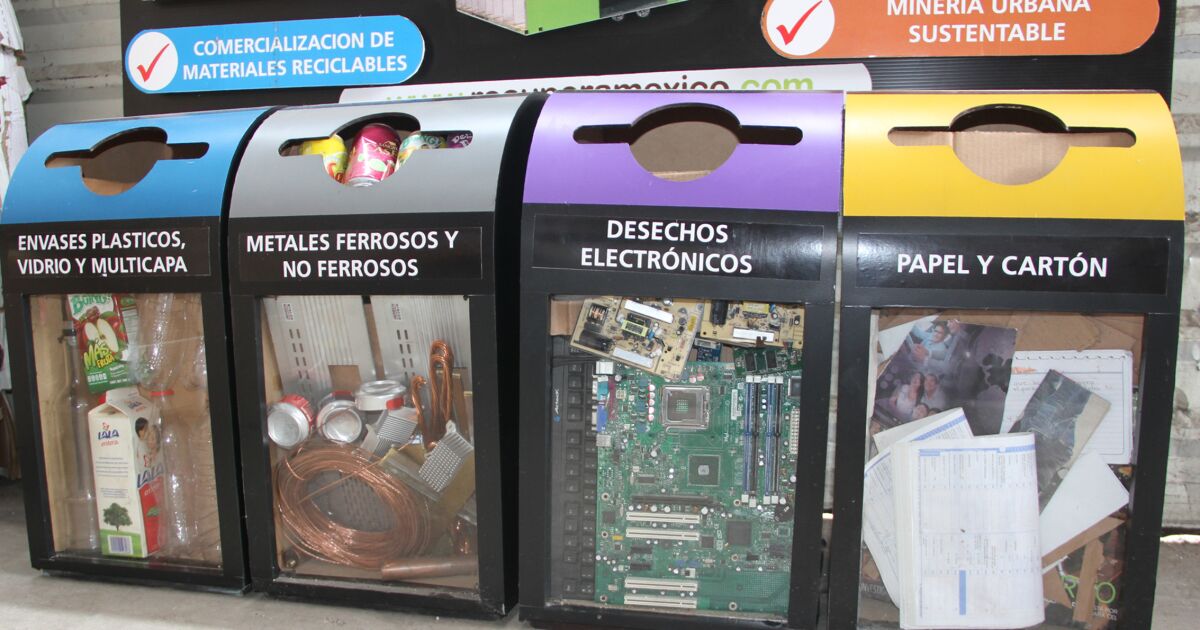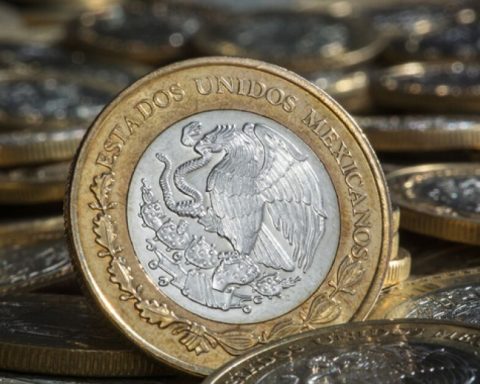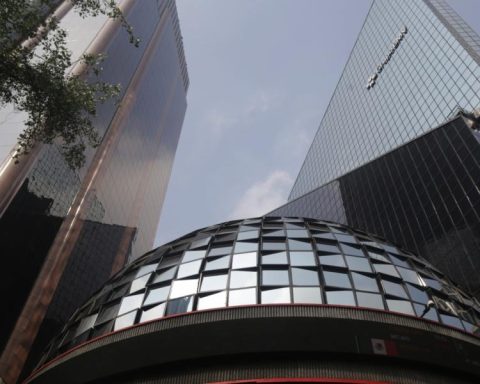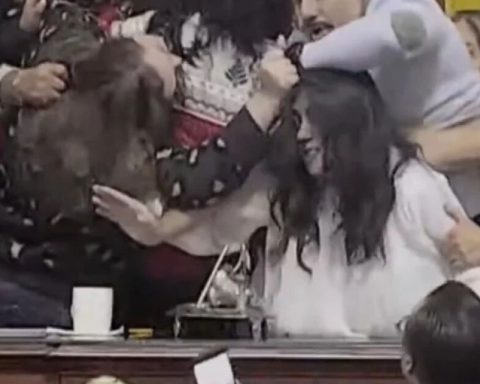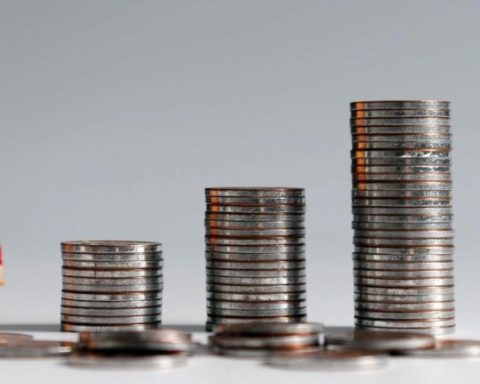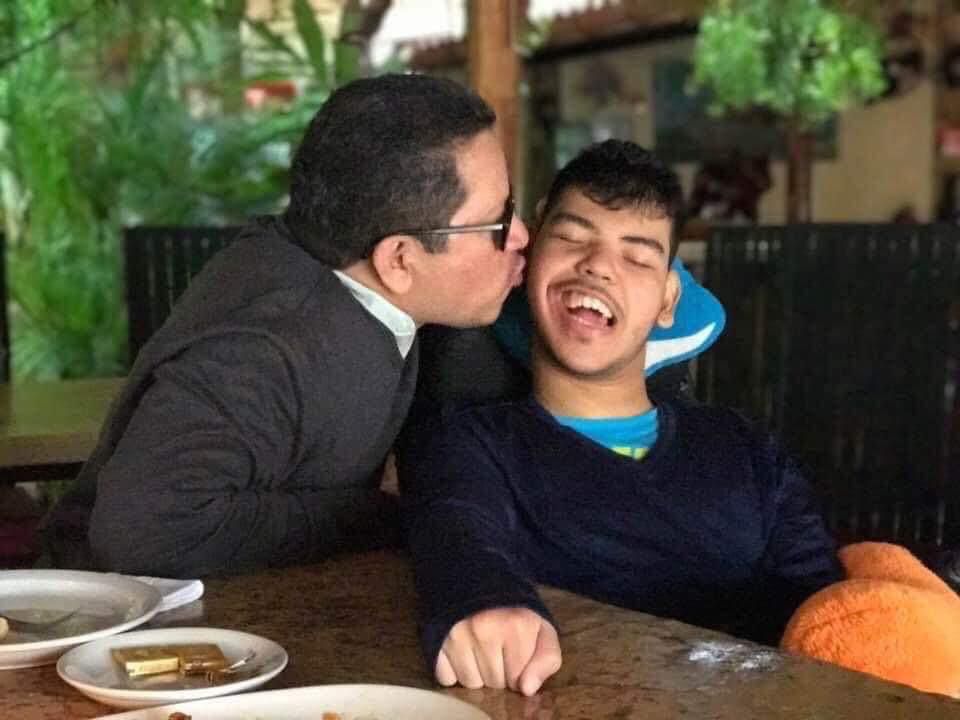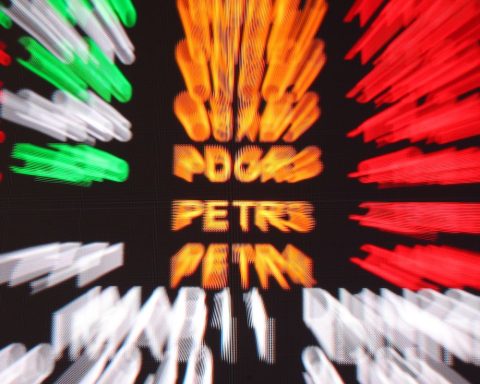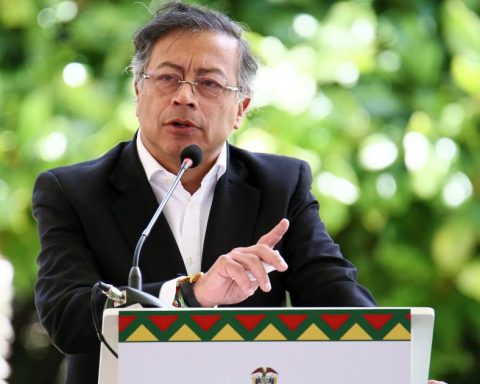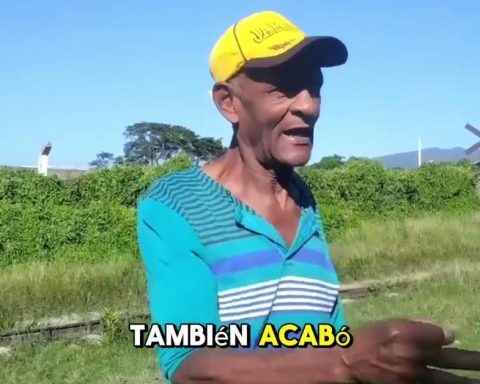How was World Recycling Day born?
Officially it was the United Nations Organization for Education, Science and Culture (Unes), which established World Recycling Day in 2005 in order to promote greater responsibility, not only seen from the perspective of the consumer citizen, but of the one who extracts the raw material and the one who transforms it into a consumer good.
There are different initiatives derived from governments, companies, Non-Governmental Organizations and society in general with the aim of spreading the culture of recycling and slowing down climate change a little.
Upcycling, an alternative in CDMX
An alternative in Mexico City, where more than 13,000 tons of garbage are generated daily, is upcycling, an alternative that can be learned and created in workshops offered by the Network of Arts and Crafts Factories (FAROS), in this case in which it is located in Indios Verdes and in the Meztizaje Park, located in the Santa Isabel Tola neighborhood.
(Photo: Dolores Luna)
What is textile upcycling?
“With all the clothes we have at home, that I’m going to wear when they fit or have a flaw and I say: I’m going to fix it and we never fix them. These garments are the ones we use for this workshop, this piece of cloth is from a shirt that we no longer use and we can transform it into these little donuts, for example, accessories that can be made with a little patience and creativity can be transformed into other things”, said the workshop facilitator Montserrat Colín at the Railway Museum in CDMX.
The graduate in visual communication designer explained that the difference between recycling and upcycling is the chemical process in which it intervenes in the first mentioned process.
“Upcycling is an artisanal process and various materials can be used such as paper, tires, cardboard, plastic, all the resources that we have at hand can be upcycled,” explained the workshop facilitator.
